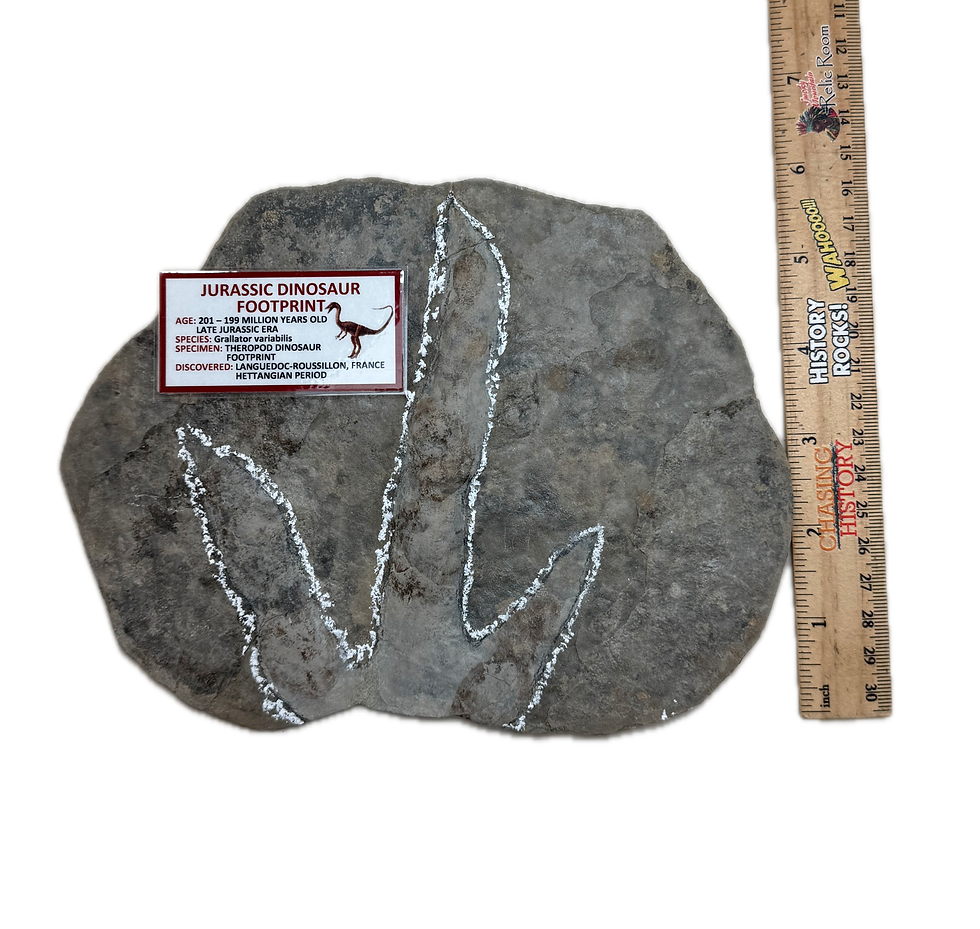The SS Central America was a 280-foot sidewheel steamer that gained notoriety as "The Ship of Gold" due to its valuable cargo of gold and other riches it was carrying during its ill-fated voyage. The shipwreck occurred in September 1857, off the coast of North Carolina, resulting in the loss of numerous lives and a substantial amount of gold. Decades later, the wreckage was discovered, revealing not only gold but also a variety of artifacts that provide insight into the ship's history and the era it existed in.
Background: In the mid-19th century, the SS Central America played a crucial role in the transportation of people and goods between the east coast of the United States and the goldfields of California. The ship was instrumental in the California Gold Rush, carrying thousands of passengers and significant amounts of gold from San Francisco back to the East Coast.
The Shipwreck: On September 12, 1857, the SS Central America encountered a powerful hurricane off the coast of North Carolina. The storm battered the ship, causing severe damage and ultimately leading to its sinking. The ship's crew and passengers faced a harrowing ordeal as the vessel foundered and eventually sank, claiming the lives of more than 400 people. The sinking had a significant impact on the economy at the time, contributing to the Panic of 1857, a financial crisis that had wide-reaching consequences.
Discovery and Salvage: The shipwreck of the SS Central America remained hidden beneath the sea for over a century. In 1988, a team led by shipwreck enthusiast and engineer Tommy Thompson located the wreckage using cutting-edge technology. The recovery effort was a historic achievement, involving the retrieval of not only large amounts of gold but also a wide array of artifacts that had been preserved in the depths of the Atlantic Ocean.
Wooden & Shell Buttons: Among the artifacts recovered from the SS Central America were a variety of everyday items that shed light on the ship's passengers and the era in which it operated. Wooden and shell buttons were among these artifacts, reflecting the clothing and personal effects of the passengers and crew. These buttons provide a tangible link to the people who traveled aboard the ship and add to our understanding of the daily life and material culture of the time.
Historical Significance: The artifacts recovered from the SS Central America, including the wooden and shell buttons, have historical significance beyond their material value. They offer a window into the lives of those who lived during the mid-19th century, revealing details about fashion, craftsmanship, and the challenges faced by individuals seeking opportunities in the wake of the Gold Rush.
Conclusion: The SS Central America shipwreck and its artifacts, including the wooden and shell buttons, stand as a testament to the interplay between history, economics, and individual lives. They provide a tangible link to a pivotal moment in American history and offer researchers, historians, and the general public valuable insights into the past. These artifacts continue to inspire curiosity and research, helping us better understand the human experience during a time of rapid change and exploration.
top of page
SKU: SWUS8
$360.00Price
Related Products
bottom of page





















